6.16: Mayan Classic Period (250 CE – 1539 CE)
- Page ID
- 31842
The classic Mayan period is defined as the era the Mayans created sculpted monuments on the Yucatan peninsula, approximately from 250 CE to 1539 CE. They occupied southeastern Mexico, the Yucatan Peninsula, Guatemala, Belize and parts of Honduras and El Salvador. A large number of city-states grew along with a complex network of trade routes for arts and goods. The critical elements of trade included jade, salt, obsidian, ceramics, feathers, and cacao sought after by different Mayan cities. The city of Teotihuacan became the center of influence, later moving to Chichen Itza in the north. The Mayans (6.73) had very sophisticated art forms, including temples, sculptured stone, wood, and ceramics.
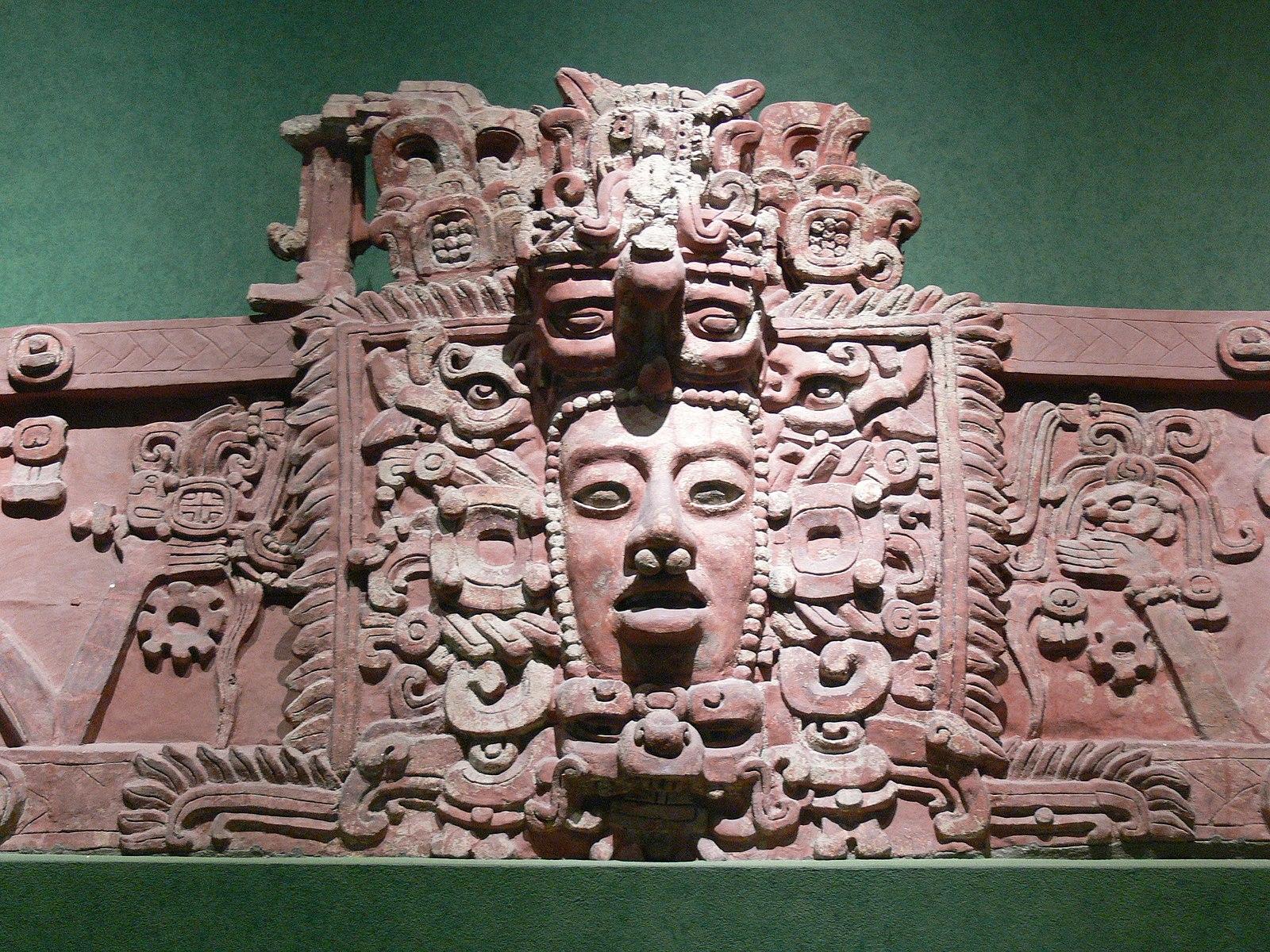
The Mayan cities expanded without much of a plan, although most cities had palaces, ball courts, pyramid temples, and structures for astrological observations. The monuments of big pyramids, temples, and palaces inscribed with a hieroglyphic script, leaving an extensive historical record of information about their lives. Carved stone stela, fabricated from limestone, were distributed throughout the land. Limestone was soft enough to carve; however, the stone hardened over time when exposed to the environment. Made from the ubiquitous limestone quarried nearby, the famous ball court (6.74) generally found in most Mayan cities, fashioned in an I shape, a sloping wall on each side along the narrow field. The specific rules are unknown, and the very competitive games followed specific rituals with the losers frequently sacrificed.
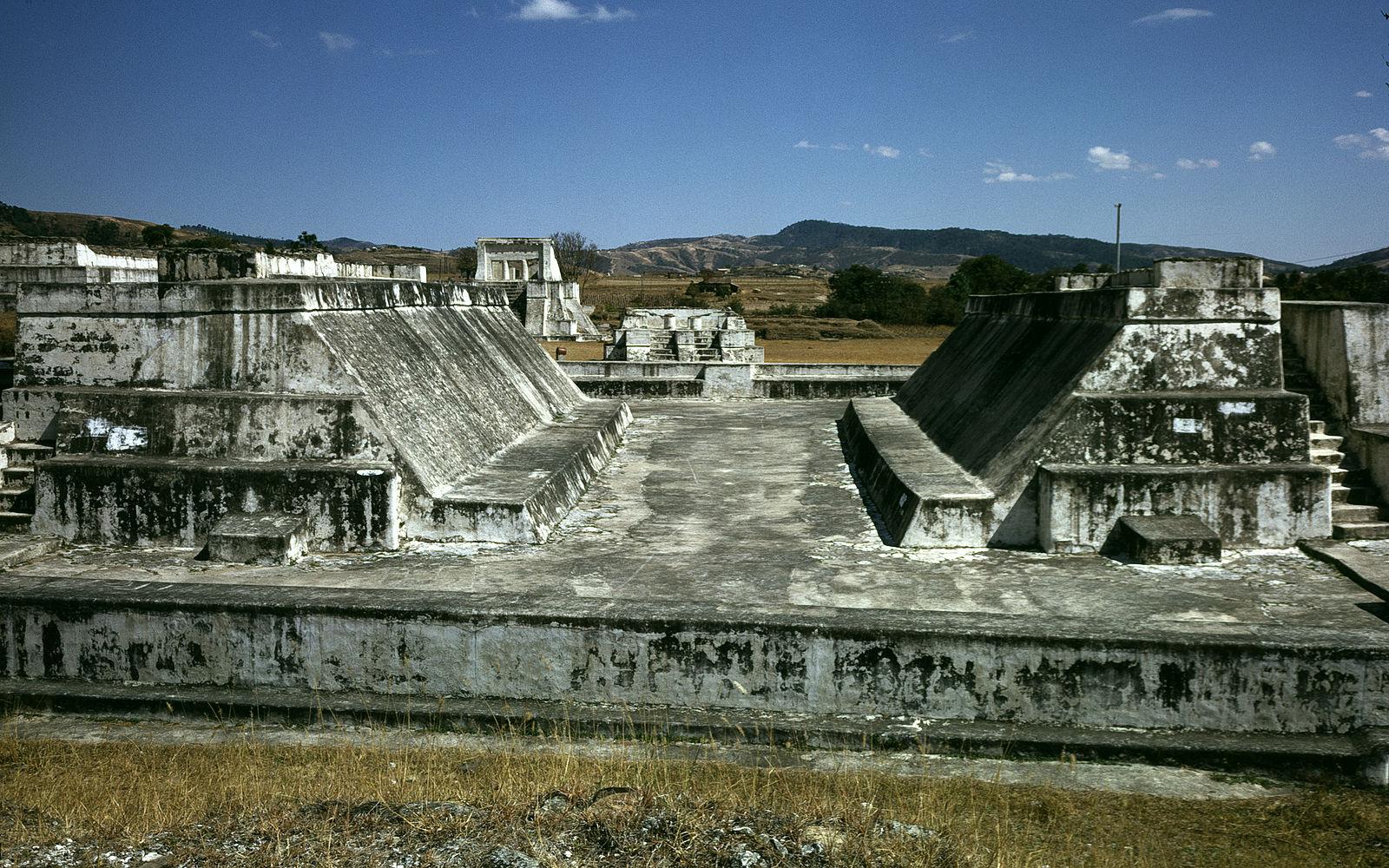
They developed advanced hieroglyphic writing and extensively recorded historical and ritual information. The writing system was composed of phonetic symbols and logograms written on paper made from tree fibers. When the Spanish conquered the Mayans, they destroyed all of their books except three (6.75). However, many examples of the writings were also recorded on stone and in ceramics and survived. The Mayans also developed a complex calendar, and their mathematical system used the earliest instance of zero in the world to engineer their empire.
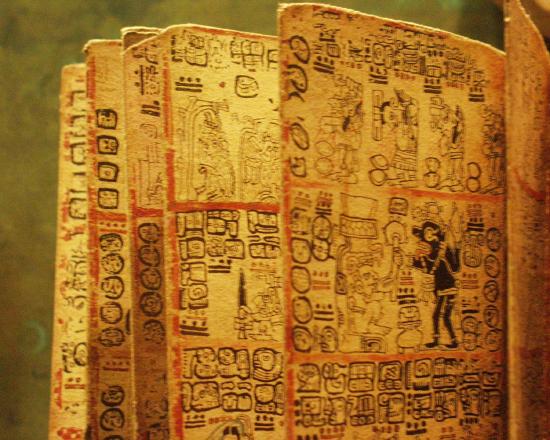
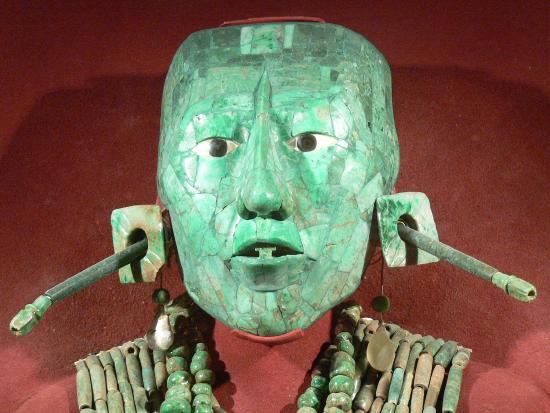
Art was based on the royal court and their world’s association with their ancestors. They preferred green or blue-green, and the colors were highly valued and used for extraordinary sculptures. Mosaic funereal masks of royalty were made with jade, and occasionally, kings had jade (6.76) added to their teeth. Not much information exists about textiles and little remains of any Mayan fabric except a few scraps. There are murals on walls (6.77) portrayed the members of the court clothed in extravagant garments of cotton or animal hide.
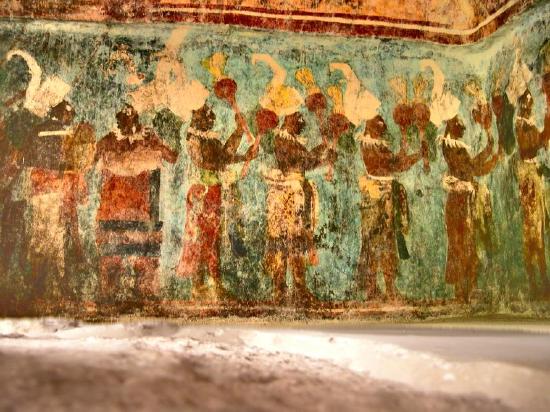
The Mayans created multiple types of ceramics without a potter’s wheel. Instead, the ceramics were made with coiled and rolled strips and usually embellished with hieroglyphs and images (6.78). Although the pottery was not glazed, they painted it with a slip made of minerals and colored clays, detailed designs becoming visible after firing. Some communities sculpted small, detailed figures giving researchers images of clothing or ritual garments as the warrior (6.79).
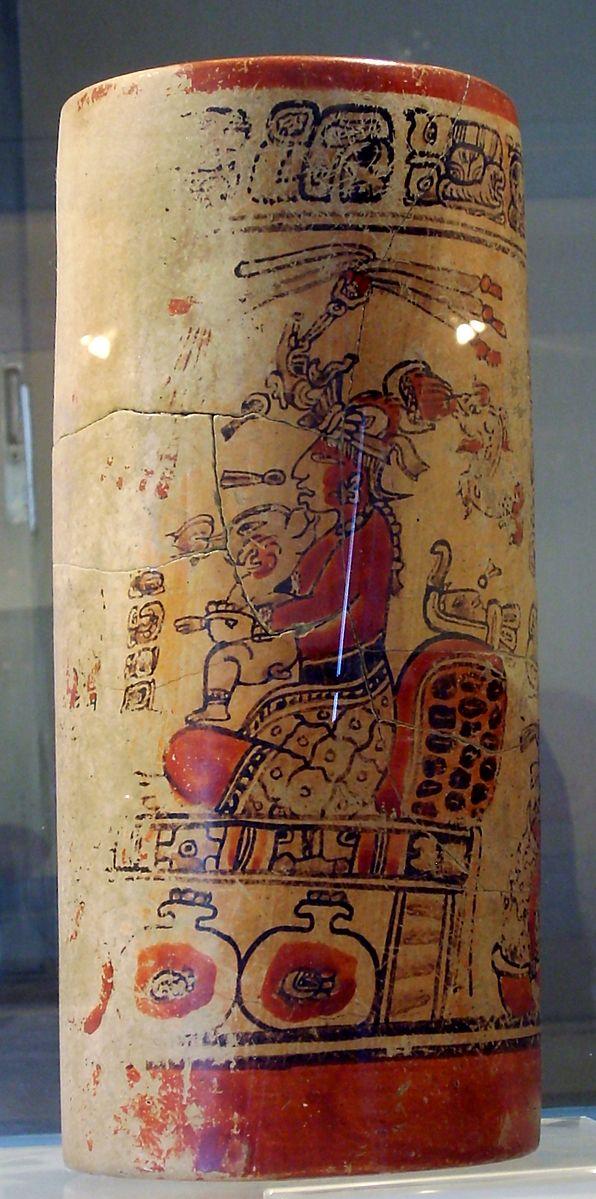

Bone, shells, metal, gold, silver, and copper were used to create and sculpt smaller items. They hammered metal into bells or disks and later used the lost-wax method to cast metal. Graffiti was found everywhere, on stucco walls, floors, and furniture, in all kinds of buildings. It was inscribed, and one drawing might be overlapping another, frequently crude artwork was found next to something very artistic.
The Classic Mayan culture began to collapse in the 15th century, malnutrition, lack of food, warfare, climate change, and competition for resources forced people to leave their homes in search of safety, food, and shelter in other places. City-states began to fight each other for resources leading to brutal warfare and, ultimately, the collapse of a great civilization followed by multiple invasions by the Spanish beginning in 1511 CE leading to the final demise of the Mayan civilization.


